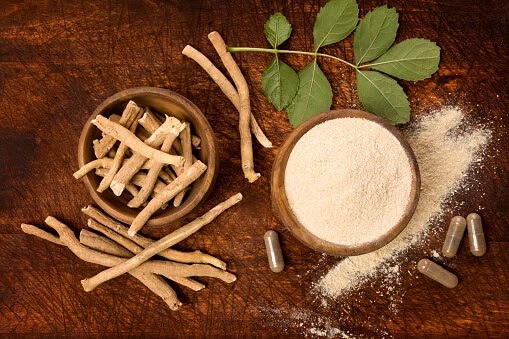Dandelions are a common sight in many lawns and fields throughout the world. These bright yellow flowers are often considered weeds, but they are actually quite useful and have many health benefits. In this article, we will explore the many uses and benefits of dandelions.
Dandelions belong to the Asteraceae family, which includes sunflowers and daisies. They are native to Europe and Asia but have since spread throughout the world. The name "dandelion" appears from the French phrase "dent de lion," which means "lion's tooth," because of the jagged verges of the leaves.
One of the most common uses for dandelions is as a food source. The leaves are rich in vitamins A, C, and K, as well as minerals such as iron, calcium, and potassium. They can be eaten fresh in salads or cooked like spinach. Dandelion leaves can also be used to make tea or added to smoothies for a nutritious boost.
In addition to the leaves, the flowers of the dandelion can also be eaten. They have a sweet, honey-like flavor and can be used to make dandelion wine, syrup, or even fried as a tasty snack. The roots of the dandelion can also be roasted and ground to make a caffeine-free coffee substitute.
Dandelions are also beneficial for the environment. They have a deep taproot that helps to aerate the soil and bring nutrients up from deeper levels. Dandelions are also an important source of nectar for bees and other pollinators, making them a crucial part of the ecosystem.
Medicinally, dandelions have been used for centuries to treat a variety of ailments. The root of the dandelion has been used as a diuretic, helping to flush excess fluids from the body. It has also been used to treat liver and gallbladder problems and to aid in digestion.
The leaves of the dandelion have been used to treat skin conditions such as acne, eczema, and psoriasis. They have also been used to help regulate blood sugar levels and to lower cholesterol.
In addition to their health benefits, dandelions also have a long history of use in folklore and traditional medicine. In many cultures, dandelions were believed to have magical powers and were used in rituals to ward off evil spirits or to bring good luck.
Dandelions have also been used in traditional Chinese medicine for centuries. They are believed to have a cooling effect on the body and are used to treat conditions such as fever, inflammation, and digestive problems.
Despite their many benefits, dandelions are often considered a nuisance by homeowners and gardeners. They can quickly spread and take over a lawn or garden if not kept in check. However, there are ways to control the growth of dandelions without resorting to harmful chemicals.
One way to control the growth of dandelions is to mow the lawn regularly. This will prevent the flowers from going to seed and spreading. Hand-pulling or digging up the plants can also be effective, although it can be time-consuming.
Another option is to use natural herbicides, such as vinegar or boiling water, to kill the dandelions. These methods are safe for the environment and can be effective if used regularly.
In end, dandelions are much more than just a pesky weed. They are a versatile and nutritious food source, a beneficial plant for the environment, and a powerful medicinal herb. With their many uses and benefits, it's no wonder that dandelions have been valued by cultures around the world for centuries.




.jpg)





0 Comments